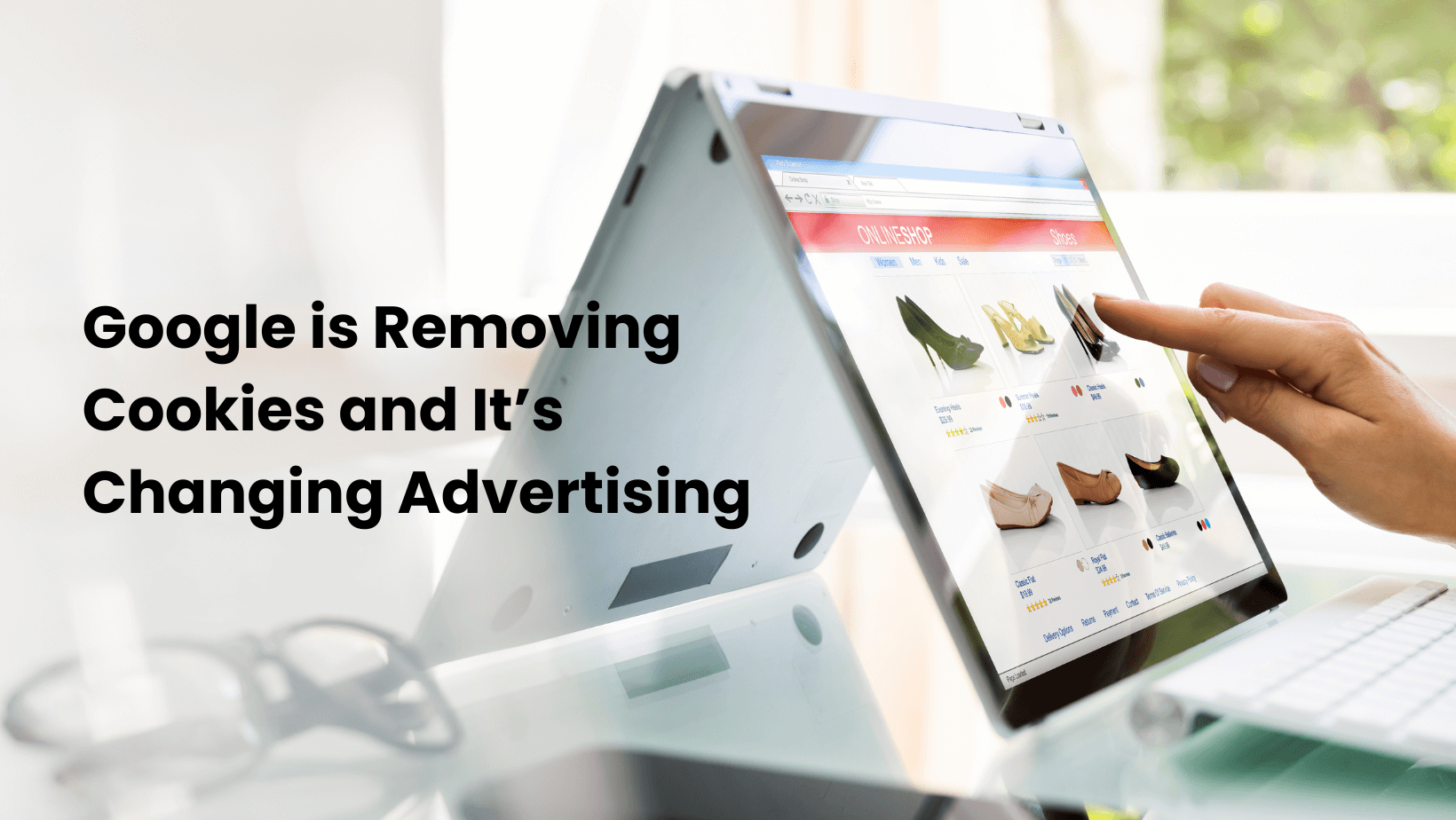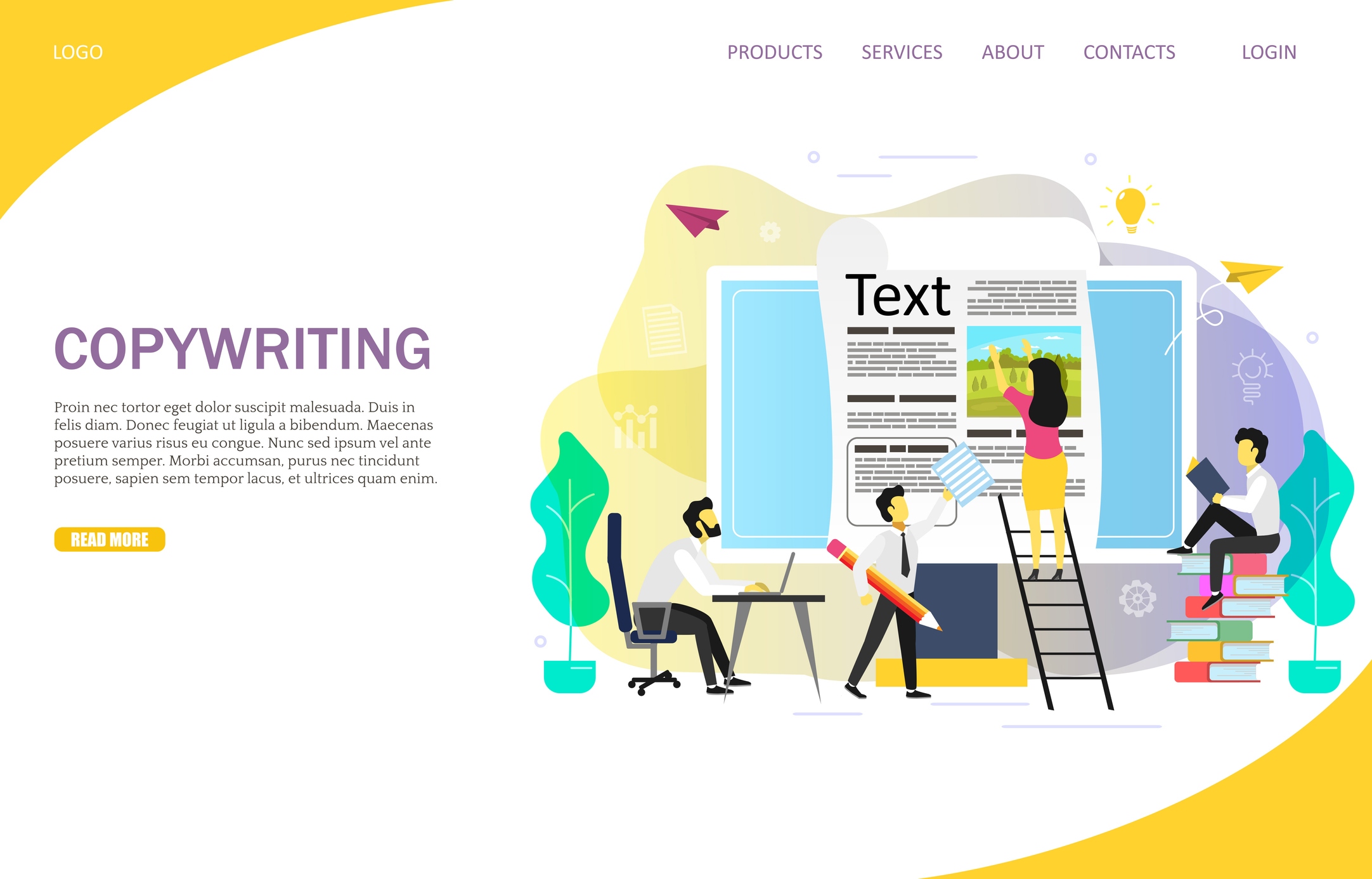Can anyone write great copy?
I get asked that all the time and always tell the person the same thing: Yes. Chances are you already know how to do it!
That’s because you already know how to tell stories, and great copywriters are great storytellers. The key is that you just have to learn the proper structure, and “unlearn” all the stuff your elementary and high school teachers taught you about writing.
If you ever made up a story for your children, you’re a copywriter. If you’ve ever gathered with friends as a teenager and told ghost stories, you can write copy. Great copywriters simply paint visual pictures of events. Events that happened in the past, events that may happen in the future, or events that won’t ever happen – unless you buy their product.
You either paint the picture of the joy the prospect will get using your product, or you paint the picture of the hardship he will continue to endure without it.
Why?
Because people love stories. No one is interested in dry facts and statistics about your product, but they’ll be captivated by copy that tells them how your product will impact their life. And the more emotion that you bring into that story, the more compelling it will be to your prospect.
The reality is, if you can talk, you can write great copy.
Your job as a copywriter is to get into your prospect’s head and learn intimately what is causing him a headache. Put yourself in your prospect’s shoes and find out what is keeping him awake at night. Then, if your product or service can help him – tell him that in no uncertain terms.
A plain, rational ad with all the logical reasons why your prospect should buy may not be enough. You’re going to need to break through the clutter of other marketing messages; the clutter in your prospect’s mind and his possible denial and apathy.
That requires copy with emotion – usually charged, and sometimes confrontational.
Master copywriters tend to be curious about life. They read a great deal, like to travel, have a variety of interests, find other people interesting, and they are very good listeners.
To be a great marketing copywriter understand that you should write like you talk – not in formal, perfect English, but in a clear, conversational style of writing.
There is no “right” way to write copy. The only real outcome you are looking for is “effective” copy. By that I mean copy that leads the prospect to buy your product or service. The more you write copy – the better you will get at it. As long as you practice your skills will improve!
A Few Copywriting Basics
You must become an expert on your product and service before you can attempt to write about it. You need to know your customers. Who are they? How to they behave? How to they buy? Make a list of the questions that you think the prospect has about your products/services. Write to one specific person in your target market.
Identify the inherent emotion in the situation. Is it fear, success or something else? Make a benefits list of your product or service so you’ll know how to capture attention.
In addition to these tips, here are 15 basic guidelines that develop these ideas a bit deeper. These are just guidelines. In part two of this article I’ll cover writing interesting headlines, subheads and body copy, but for now, get familiar with these steps.
15 Copywriting Tips
1. Benefits come first. Benefits are inherently about the prospect; the things he or she will get if they purchase your product or use your service. When you write about benefits, you’re writing about how the prospect will lose weight, get more energy, re-grow his hair, make money, save money, or find a way to bump off his mother-in-law without getting caught. The most effective copy leads with benefits, and validates with features. Features are the things about your product or service, such as “it has 300 hp,” “it contains 15 special vitamins,” or “open 24 hours.”
2. Validate with features. Benefits are personal and emotional – pride, satisfaction, prestige. Features are facts. A car’s 300-hp engine is a feature, it’s fast acceleration and feeling of exhilaration is the benefit. It’s critical that you understand the difference between benefits and features.
3. Create a compelling offer. Tell the whole story using “word pictures,” metaphors or stories to highlight the prospect’s problem and the solution your product/service provides.
4. Brain dump your first version, then edit later. If you attempt to edit while your being creative you’ll interrupt your flow. Let it all flow out during the creative process, and wait to edit and evaluate it later.
5. Write for ‘scanners’ and ‘readers.’ Use both short paragraphs, paragraph headings and bulleted lists for prospects who scan mailers, and longer, content-filled paragraphs for people who prefer to read your every word. You’ll need both types of copy to get both types of prospects to read your copy.
6. If you make a claim, be prepared to prove it!
7. Use bold, italics and underlining sparingly. The only purpose of the formatting is to help the reader get through the message. Abuse it and it loses its impact and is hard to read.
8. Use “flow devises.” Things like dramatic fragment sentences, split paragraphs at the bottom of the page, etc. keep your prospects reading.
9. Reveal a minor flaw. We did this with an inventory overstock and sold $25,000 in one weekend. When we placed orders for CD sets, there was a mix up on the purchase order and we ordered 1,000 instead of 500. So I wrote a sales letter e-mail on a Friday telling my list that they could benefit from our mistake and buy them at cost if they ordered in the next 24 hours.
10. Ask for the order. Use specific language and action steps to guide the reader to your desired conclusion – the sale.
11. Give an incentive to ‘act now.’ Offer a limited-time lower price, an extra gift or bonus, free shipping, etc. to sweeten the deal for your prospect.
12. Talk in “YOU” terms. Always write copy toward the prospect and their needs. Don’t fall into the “I” or “we” trap.
13. Present benefits before price . Don’t rush to name the price before you’ve told you’re your prospect why your product or service is so terrific. When you do reveal the price, briefly justify it.
14. State your guarantee after price. Guarantees reduce the prospect’s sense of risk, and aren’t used as often as you might fear.
15. Raise questions and provide answers. Think of probable questions your prospects might have, and then provide answers. An example could be “You’re probably thinking… how much does this cost?”
Other Copywriting Strategies to Consider
Give your copy “news” value – don’t be afraid to write it as if it was a newspaper article, a TV Special Report, an advertorial, catalog, magalog or even an infomercial. A great way is to model great copy used in another industry or medium. Just keep yours eyes open and pay attention – million-dollar ideas for copy are all around you!
I know we’ve covered a lot of ground already, so let’s end part one here. Think about what you’ve read and try putting these tips into practice on your next copywriting project. Remember, you’re telling a story… and the more often you tell it, the better you’ll be at it.
 Branding
Branding Strategic Marketing
Strategic Marketing Creative Concepts
Creative Concepts Web Services
Web Services Speaking & Consulting
Speaking & Consulting Website Maintenance
Website Maintenance Careers
Careers Tools We Suggest
Tools We Suggest 10 Tips to Transform Your Marketing
10 Tips to Transform Your Marketing


0 Comments